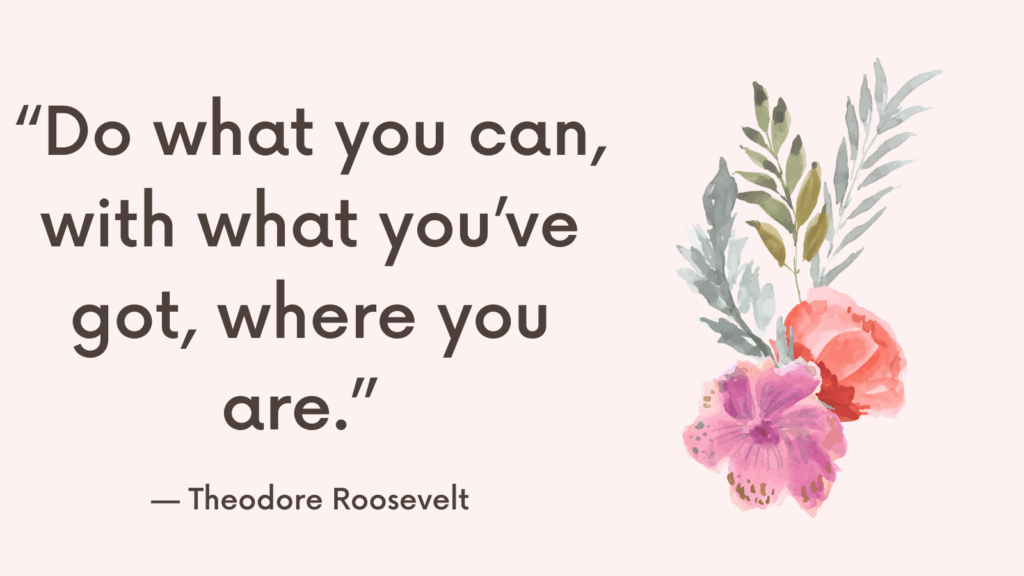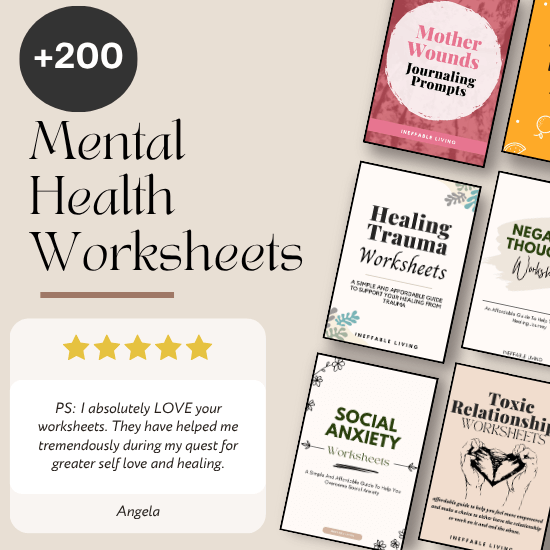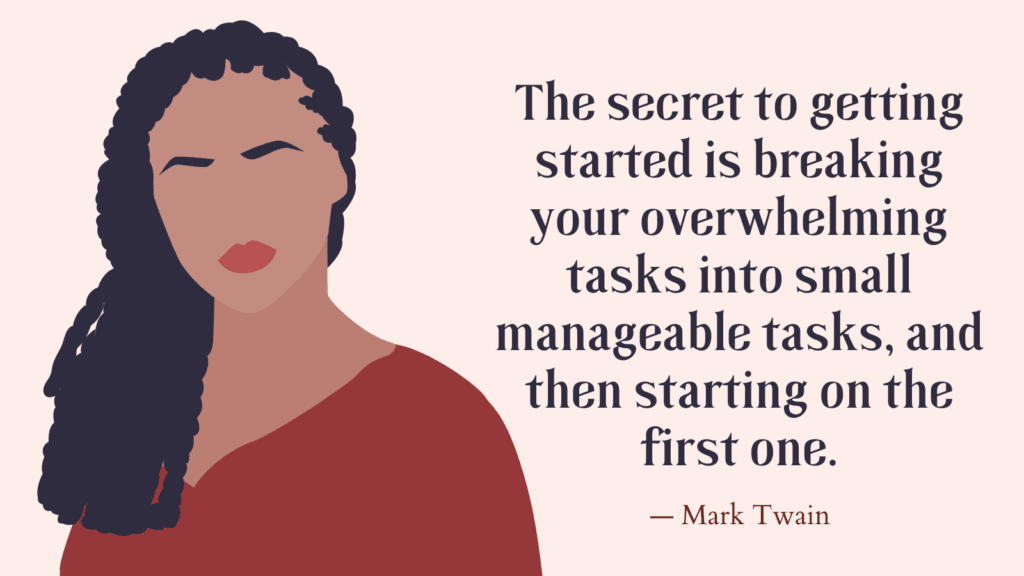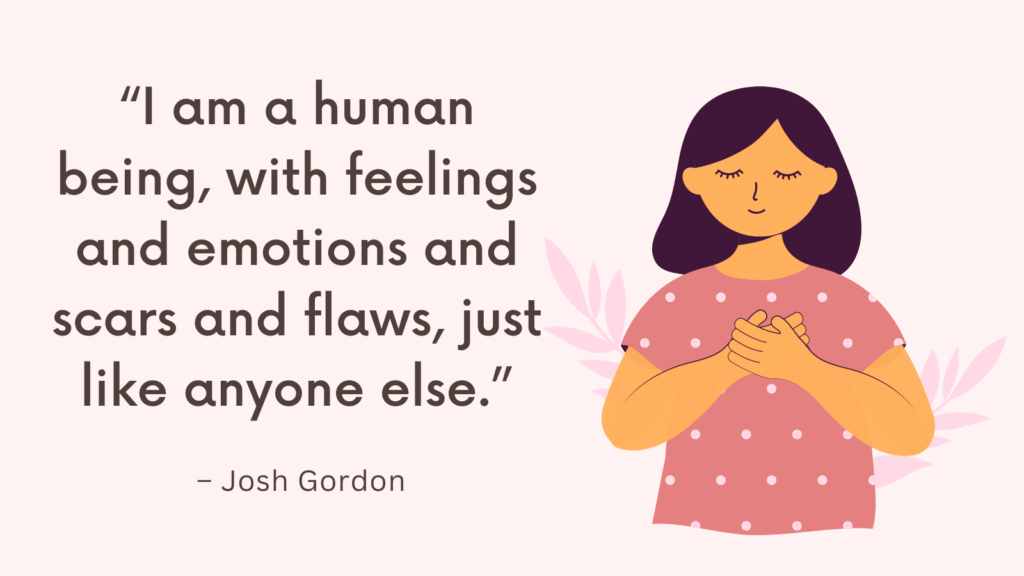Maladaptive daydreaming can quietly take over your time, energy, and focus. It often begins as a harmless escape but grows into a coping habit that disconnects you from real life. The goal isn’t to stop daydreaming completely — imagination is part of being human — but to bring it back into balance. Here are 10 steps to help you regain control and reconnect with reality.
What Maladaptive Daydreaming Means
Maladaptive daydreaming is when your imagination becomes a place you escape to so often that it starts to interfere with real life. These daydreams are vivid and detailed—almost like movies you create in your mind. They can bring comfort, excitement, or relief, especially when real life feels stressful or empty. But over time, it can be hard to come back to the present.
Why It Feels So Hard to Let Go
Daydreaming gives what real life sometimes doesn’t—control, attention, or love. Inside those stories, you get to be safe, understood, and successful. That’s why you keep going back. It’s not because you’re lazy or strange—it’s because your mind found a place that feels better than what’s around you.
When Escaping Becomes Avoiding
At first, these daydreams seem harmless. But slowly, they start to take more time and energy. You might put off work, ignore messages, or lose hours in fantasy. It stops being a way to relax and becomes a way to avoid discomfort, boredom, or pain. The more you escape, the harder real life feels.
Related: How to Create a Mental Health Support Plan for Yourself?
What’s Beneath the Daydreams
Every fantasy has a message. The themes—being loved, admired, powerful, or free—show what you crave most in reality. The mind creates these worlds to give you something you’re missing. Understanding why you need them is more important than trying to stop them right away.
The Emotional Cost
When you spend too much time in your imagination, real life can start to feel dull and meaningless. You might feel lonely even when you’re around people, or frustrated that you can’t make the same happiness happen in reality. The problem isn’t the dreaming itself—it’s the emptiness that makes escape feel like the only way to cope.
How to Reduce Maladaptive Daydreaming in 10 Steps
1. Notice Your Triggers
Pay attention to what sparks your daydreaming — boredom, loneliness, music, pacing, or specific times of day. Awareness turns automatic behavior into something you can manage. Once you know your triggers, you can prepare for them instead of being swept away.
2. Keep a Reality Journal
Write down when and why you start daydreaming, how long it lasts, and how you feel afterward. Over time, you’ll begin to see patterns — and that clarity helps you build healthier routines that replace those moments.
3. Use Grounding Techniques When You Drift
When you feel yourself slipping into fantasy, ground yourself in the present. Focus on your senses — notice three things you can see, two things you can touch, one sound you can hear. Simple physical awareness helps pull you out of mental loops.
4. Schedule “Creative Time” on Purpose
Instead of cutting off imagination completely, schedule specific time to write, draw, or create based on your daydreams. This gives your imagination a healthy outlet while keeping it anchored in reality.
5. Reduce Environmental Triggers
If certain music, media, or routines deepen your daydreaming, take a break from them. Change your playlist, rearrange your workspace, or replace passive activities with something interactive like walking, cooking, or talking to a friend.
Related: How Your Body Holds Stress—and How to Release It?
6. Build More Real-World Stimulation
Maladaptive daydreaming often fills an emotional void. Enrich your real life with activities that spark joy or curiosity — volunteering, exercise, social interactions, or learning something new. The more fulfilling your reality becomes, the less your mind seeks escape.
7. Create Small Daily Structure
Unstructured time fuels overthinking and fantasy. Add gentle structure to your day — set work hours, mealtimes, and rest periods. Even a simple checklist can help anchor you in routine and reduce drifting.
8. Practice Emotional Awareness
Daydreaming often hides unmet emotions like sadness, anxiety, or loneliness. When you feel the urge to escape, pause and ask: “What am I feeling right now?” Naming emotions helps you meet your needs directly instead of escaping them through fantasy.
9. Replace the Habit Gradually
Don’t force yourself to stop daydreaming overnight. Start by shortening sessions or delaying them for a few minutes each time. Small reductions build self-control without triggering guilt or withdrawal.
Related: 15 Quick Stress Relief Activities You Can Do Anywhere
10. Seek Support if It Feels Unmanageable
If your daydreaming feels compulsive or isolating, consider talking to a therapist familiar with dissociation, ADHD, or trauma-related coping. Professional support can help you develop focus, self-soothing skills, and emotional regulation strategies.
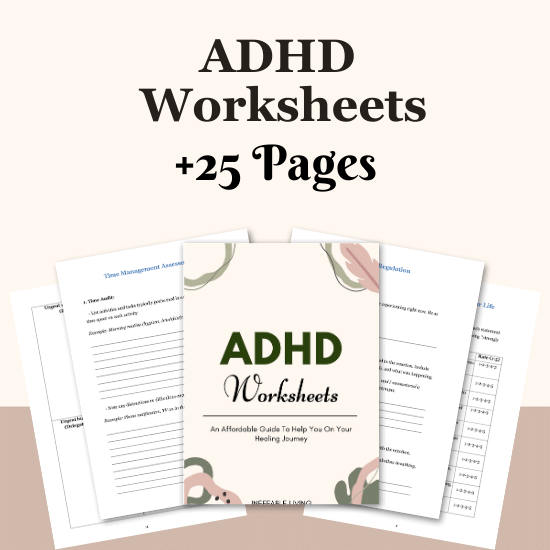
Conclusion
Reducing maladaptive daydreaming isn’t about erasing your imagination — it’s about reclaiming your focus and balance. By identifying triggers, grounding yourself, creating structure, and channeling creativity into real life, you transform daydreaming from a form of escape into a form of expression. Over time, your fantasy world becomes less of a refuge and more of an inspiration for living fully in the present.
